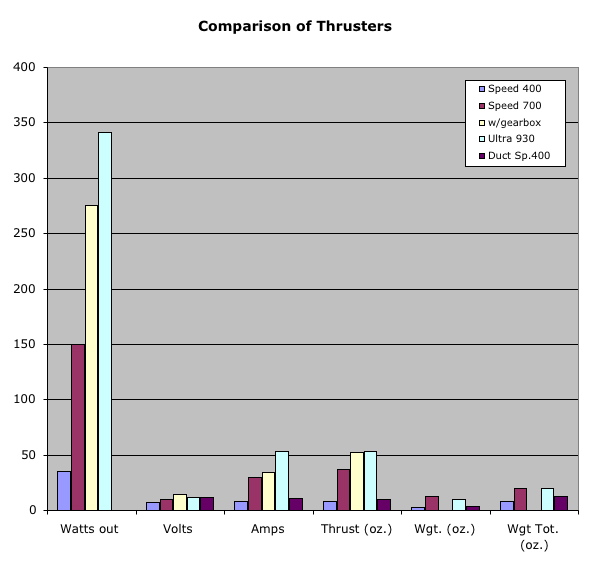new web: http://bdml.stanford.edu/pmwiki
TWiki > Rise Web>ClimbingRobot > ClimbingConcepts > VectoredThrust>PartridgeThrust (05 Sep 2010, MarkCutkosky)
Rise Web>ClimbingRobot > ClimbingConcepts > VectoredThrust>PartridgeThrust (05 Sep 2010, MarkCutkosky)
The idea of using wings as a solution to climbing walls is based on research done by Kenneth Dial on wing-assisted incline running--a natural behavior exhibited by chukar partridges.

Click here to see video of wing-assisted incline running


Initial prototyping has shown that using a 400 speed motor and simple hobby shop propeller, significant normal force may be generated to hold the prototype on a board at an 80 degree angle. Further development of this idea was based on improving the thrust to weight ratio. Aside from obtaining a better motor (possibly an IC engine?) our initial thought was to build a duct to direct the thrust, since specs of manufactured propellers with ducts indicate that such ducts improve thrust values by 50 percent. Yet, the duct we built for our propeller decreased thrust. Due to the design of the propellor, instead of eliminating vortices at the edge of the slipstream, our duct was merely constricting flow. While industrially manufactured ducts eliminate this problem, there is often a large trade off due to their large weight. A compairison of attributes of existing motors and fans is presented below.



Existing Research
Load Cell Ordering Info
So here's one that claims superior battery life (look at impeller design in cross section) A second point is that we may ultimately want to use wings so that we can have periodic thrust that is timed with front foot placement. Wings also benefit from ground effects (large transient suction as you lift an airfoil up from a flat surface). -- MarkCutkosky - 24 Jun 2003 -- MarkCutkosky - 13 Aug 2003
The closest functional equivalent to the Partridge is now: Lego Guy Plus movie (.avi) on LegPlatformDevelopment page.
Click here to see video of wing-assisted incline running
- Related stuff: PerchingPapers
Propellers
Early trials investigating the potential for adapting this idea for robotic use were concieved by Moto and involved a propeller mounted at 45 degrees to a platform matted with a rubber backing.Ornithopters
A new direction suggested by Prof. Cutkosky involves the use of wings rather than propellers. Ornithopters are not only more biomimetic than model planes, but when adapted for wall climbing they may take advantage of ground effects, creating forces directed into the climbing wall. Toys
| The Original Tim Flying Bird | Kinkade RC Ornithopter | |
|---|---|---|
| Images |  |
  |
| Weight | 16g | 425g |
| Wing span | 14 in | 48in |
| Max flight time | 7sec | 9min |
| Power source | rubber band | Speed 300 motor & 8-cell, 720 mah NiMH? battery |
| Manufacturer | Schylling | Sean Kinkade |
- Birds
- Insects
- Ornithopter Design
- Study dynamics of flight in insects, bats, and birds and its applications in ornithopters
- Use research to devise "thrust backpack" for GumbyBot
- Optimize thrust source for weight and energy constraints
- What is the dynamic variance of thrust over time?
- What direction does thrust need to be in order to maintain flight, and how is this manifested through linkage system/wing membrane?
| Quantification of thrust via load cell | |
| |
| Interaction between Thrust and Drive | |
 |
|
- Futek Fr1020 Planar Beam Force Sensor
- item number: FP10006-00005-C
- load capacity: 0.06 lb
- price: $90
- FR1020 Mounting Kit
- item number: F1020
- price: $35.00
- Company info
- FUTEK Advanced Sensor Technology--10 Thomas, Irvine, CA 92618 USA
- Phone: (949) 465-0900 Fax: (949) 465-0905 Email: futek@futek.com
So here's one that claims superior battery life (look at impeller design in cross section) A second point is that we may ultimately want to use wings so that we can have periodic thrust that is timed with front foot placement. Wings also benefit from ground effects (large transient suction as you lift an airfoil up from a flat surface). -- MarkCutkosky - 24 Jun 2003 -- MarkCutkosky - 13 Aug 2003
The closest functional equivalent to the Partridge is now: Lego Guy Plus movie (.avi) on LegPlatformDevelopment page.
- BiomimSumm.ppt: Summary of Tiffany's summer research and analysis
Ideas, requests, problems regarding TWiki? Send feedback